gates and latches
Keep your horses where they should be.
Gates go hand-in-hand with your fencing. These high traffic areas should be strategically placed and well maintained to ensure safety for both humans and horses.
When planning your gate placement, it is ideal to select a location with level ground. For gate length and style, you should take livestock type into consideration and whether or not the field will need to be accessed with machinery. If you are working with electric fencing, plan to terminate the line at each gate and run undergate cable to carry power to the other side, keeping in mind it may be a good idea to ground your gate with a ground rod and wire connecting to a hinge bolt.
Be mindful of herd dynamics and ease of access when selecting gate locations. Using corners is a handy way to go about getting the most out of your corner posts but they can create risky scenarios with crowding and high tension if you have particularly bossy horses or horses anxious to come in. You know your horses best but contact our team any time for recommendations on gate style and placement!
First Aid for Gates
Do you have a sagging gate? Once a gate begins to sag, it becomes difficult to use and is an eyesore. Gates that sag will eventually drag across the ground, bending the steel, creating ruts and make their use quite cumbersome overall. To ensure your gate is long-lasting and easy to use, we recommend using a gate wheel, and one-way or two-way latches to help support the weight of the gate. It may also be worthwhile to run an electric line on the inside in order to keep horses back and discourage them from causing damage.









